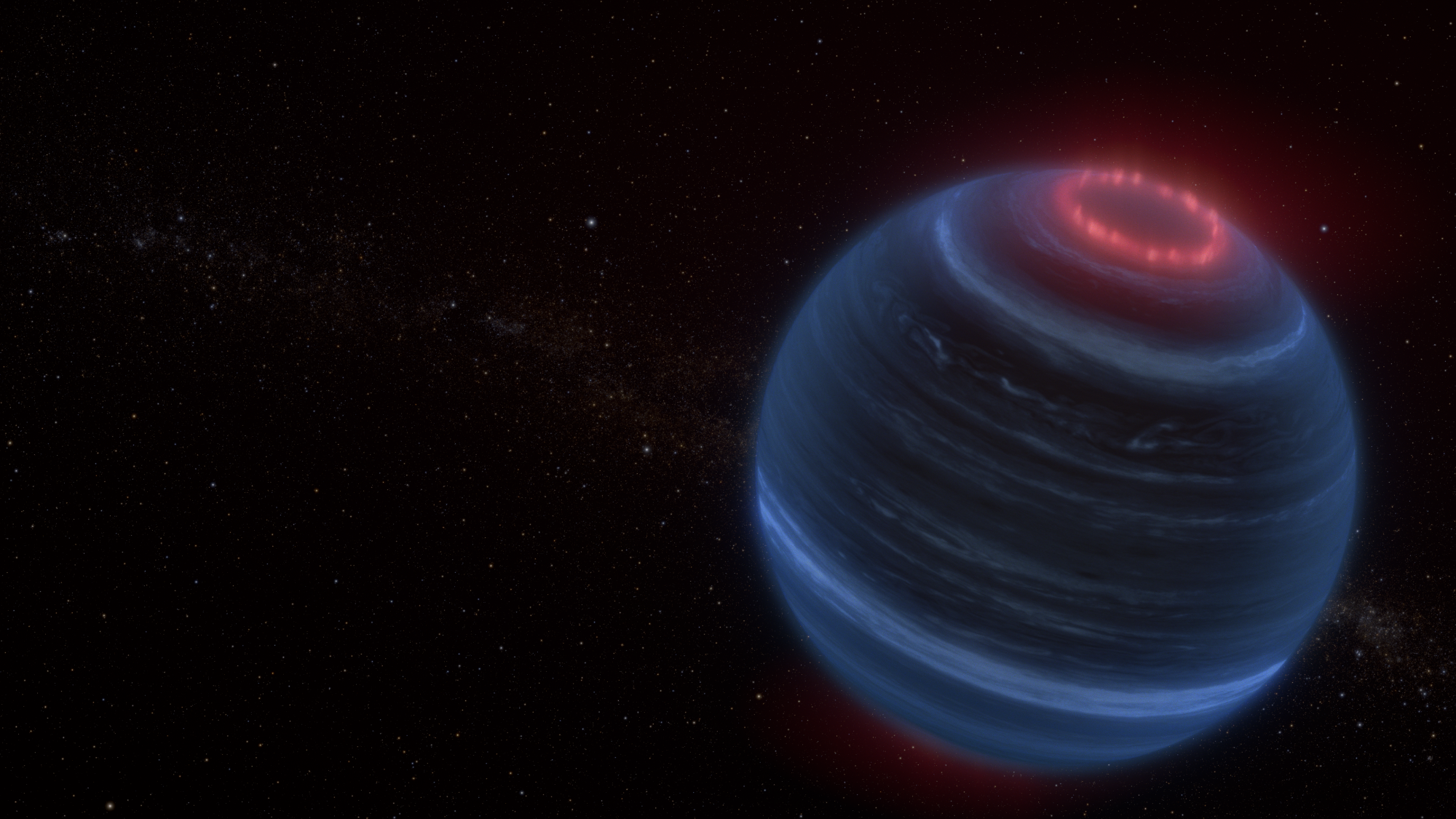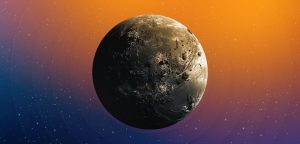JWST Finds Signs of Aurorae on Brown Dwarf
11th Jan 2024
Astronomers have detected what seem to be aurorae-related phenomena on a brown dwarf, W1935, through NASA’s James Webb Space Telescope (JWST). This object is smaller than a star but bigger than Jupiter and emits infrared radiation from methane present in its upper atmosphere.
Aurorae on a Brown Dwarf: Scientists are scratching their heads
Brown dwarfs are often referred to as “failed stars” as they lack the mass required to initiate the nuclear fusion of hydrogen to helium at their cores. This process powers stars during their main sequence lifetime.
The energy source for the upper atmosphere of this cold and would-be starlet, known as W1935, is not apparent, which makes this discovery unexpected. The team has put forth a theory that methane emission could be connected to the generation of the aurorae.
These results are currently being showcased at the 243rd meeting of the American Astronomical Society in New Orleans.
To unravel the enigma of the methane infrared emission, the team drew inspiration from our solar system. They discovered that methane emission is a typical characteristic of gas giants such as Saturn and Jupiter. They hypothesized that the upper-atmosphere heating that enables this emission is associated with the aurorae as well.
Unravelling the Mystery of Methane Emission in Brown Dwarfs
The aurorae observed on Earth are formed when energetic particles expelled from the Sun are trapped by our planet’s magnetic field. These particles travel down the magnetic field lines close to the Earth’s poles, interacting with gas molecules and producing spectacular curtains of light.
Saturn and Jupiter exhibit similar auroral phenomena involving interactions with the solar wind. However, the aurorae on these planets are also influenced by the activity of their nearby moons, such as Enceladus for Saturn and Io for Jupiter. In the case of Saturn and Jupiter, methane emissions occur due to the heating of their atmospheres caused by charged particles moving down magnetic field lines and colliding with atmospheric particles, ultimately creating aurorae.
For isolated brown dwarfs similar to W1935, the mystery lies in the lack of a stellar wind that can contribute to the auroral phenomenon and explain the additional energy required for the emission of methane in the upper atmosphere. The research team has proposed two possible explanations for this occurrence.
The first theory suggests that unexplained internal processes, similar to the atmospheric occurrences seen in Saturn and Jupiter, may be responsible for the emission. The second theory proposes that external factors, such as interactions with interstellar plasma or a nearby active moon, may also explain the emission.
Aurorae have been used before to elucidate unique traits of brown dwarfs, including radio emissions from the warmer types of these failed stars. Nonetheless, the recent observations of W1935 using the JWST are the first to detect methane emission from a brown dwarf, suggesting the presence of an aurora.






![[UPDATED] Last Flight of Delta IV Heavy Is Completed: What Makes This Rocket So Special? [UPDATED] Last Flight of Delta IV Heavy Is Completed: What Makes This Rocket So Special?](https://orbitaltoday.com/wp-content/uploads/2024/03/GJkUlMEbUAAR6XU-300x214.jpeg)
Thank you for your comment! It will be visible on the site after moderation.